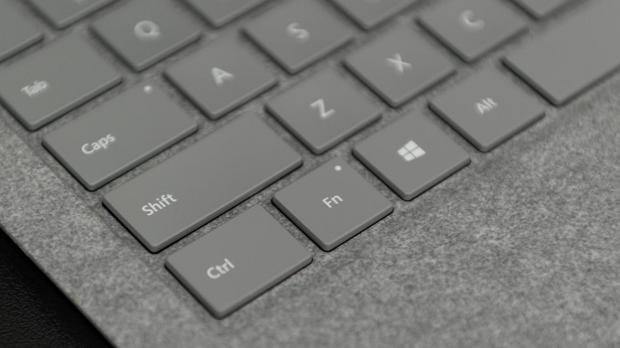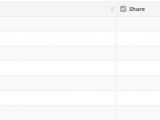Windows 7 is officially an unsupported operating system now, and despite Windows 8.1 still getting support, Microsoft encourages everyone to upgrade to Windows 10.
The transition from Windows 7 to Windows 10, however, often requires investments in hardware, especially if users want to enjoy the full feature package – for example, a computer purchased in the Windows 7 era lacked touch-support, so buying a new device is the only way you can experience this new modern input method in Windows 10.
Despite Windows 7 remaining the second most-used desktop operating system, Microsoft’s upgrade efforts aren’t as aggressive as they were back in the days when Windows 10 was a new product.
In 2015, Microsoft used an application called “Get Windows 10,” or GWX, which pushed for Windows 7 users to make the switch to the new OS. The app was supposed to take care of the entire upgrade process by downloading the necessary files and then kicking off the installation of Windows 10.
In some cases, however, the whole thing was performed even without users giving their consent, something that eventually caused legal trouble for Microsoft, as some sued the company for installing Windows 10 without their permission.
Now that Windows 7 is no more, Microsoft uses a friendlier approach, and while an application to warn users of the end of support and recommend the upgrade to Windows 10 also exists, it’s a lot less intrusive. The app only displays the warning and users can block it from showing up again with a built-in option.
At first glance, however, this strategy doesn’t necessarily seem to be working, as the transition off Windows 7 is still happening at a rather slow pace. Windows 7 continues to be the second most-used operating system on the desktop worldwide, and this is very unlikely to change this year.
Back in January when Microsoft officially pulled Windows 7, the 2009 operating system was running on 25.56 percent of the desktop systems across the world. Windows 10 was obviously the leading choice with 57.08 percent.
Things have barely changed after one month. February data provided by NetMarketShare indicates that the market share of Windows 7 fell to just 25.20 percent, while Windows 10 is still the leader with 57.39 percent.
The similar market shares recorded in January and February are living proof that not a lot of devices are being upgraded from Windows 7 to Windows 10 these days, and this isn’t really something that can change significantly in the coming months.
Without a doubt, Windows 7 will continue to decline, especially as more enterprises upgrade their fleets to Windows 10 – if anything, many are already paying for custom support, which means Microsoft is still updating their Windows 7 systems, so there’s no rush to upgrade anyway.
There’s a good chance Microsoft will face the same struggle with Windows 7 as it did with Windows XP. Discontinued in April 2014, Windows XP continues to be an operating system running on over 1.30 percent of the desktop computers out there, even if the last updates were released nearly six years ago.
Given Windows 7’s current market share and the slower than anticipated migration to Windows 10, the post-mortem evolution is likely to be similar, so expect the 2009 operating system to still be a thing many years from now.
Not to mention that Windows 7 is the last “traditional” Windows version in the first place, as many believe that the modern approach with an app store and touch support in Windows 10 is something that shouldn’t happen on a desktop computer.

 14 DAY TRIAL //
14 DAY TRIAL // 

